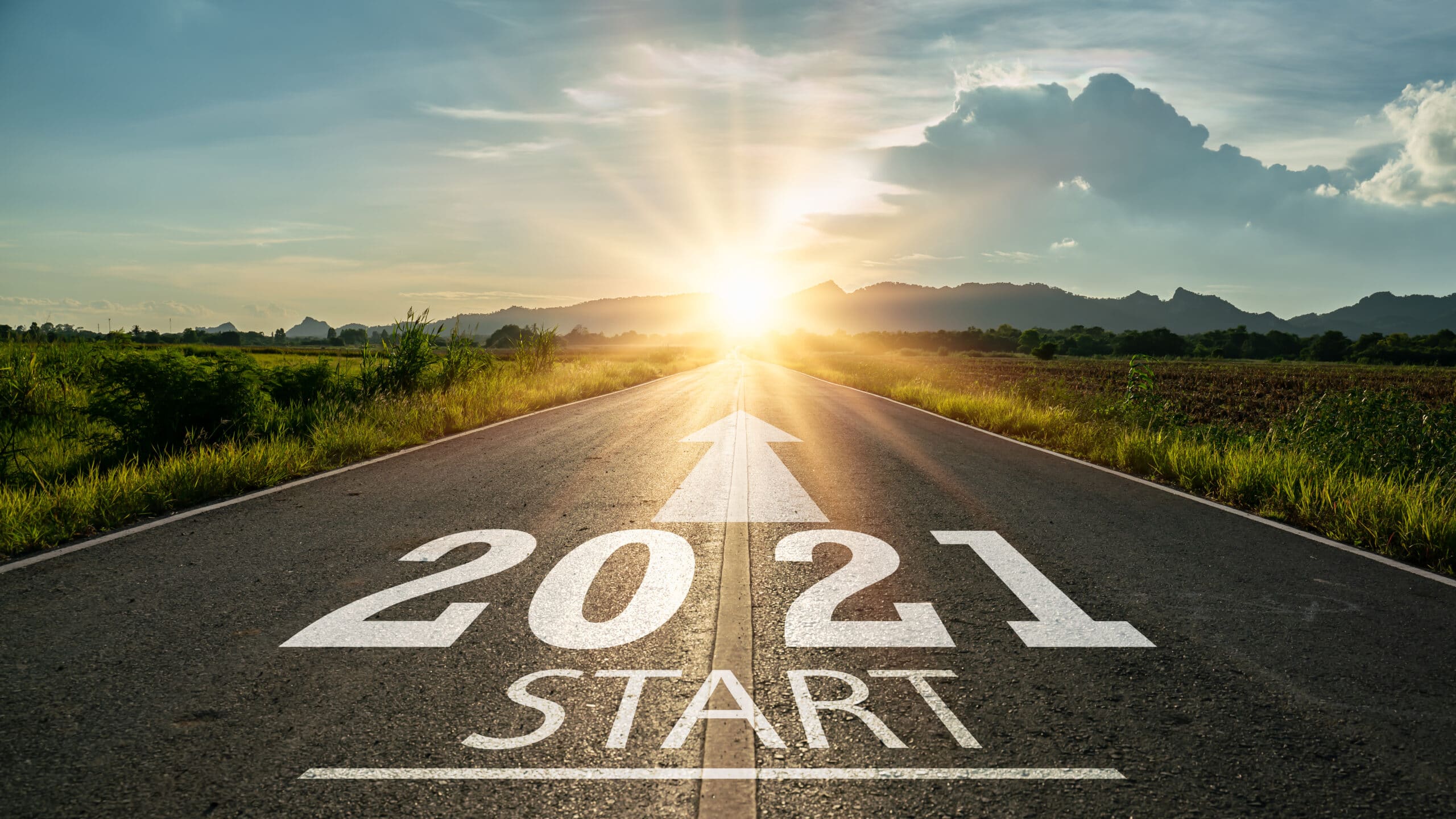NEW YEAR, NEW YOU
Jan 2, 2021
It’s that time again: New Year’s Resolutions!
With the excitement for the future, comes some trepidation; you’ve been here before and you did not stick to your goals. New Year’s Eve has become simultaneously full of hope and full of regret for another year that you didn’t stick to your resolutions.
You are not alone. In fact, a study conducted by researchers at the University of Scranton found that 23% of people quit working on their resolution just two weeks into the new year, and only 19% of resolution setters stuck to their goals over the long haul.
It is not hopeless. There are ways you can hack your behavior and make your New Year’s Resolutions a reality!
Go public! Use peer pressure to your advantage.
You can improve your chances of success by telling others about your goal.
Only 10% of people who have an idea or goal will achieve the goal without additional structure, according to a study by the Association for Talent Development (formerly Association of Training and Development). However, in the study, by committing to someone else that they will achieve the goal, the chances of success shoot up to 65%. Even more astoundingly, by scheduling regular check-ins with that person, the chances of success are 95%!
Meaning: you can almost guarantee success if you schedule check-in meetings with someone you respect. But what if you are the 5% that still does not achieve the goal? It’s up to you: is it better to give yourself the best chance of success or anonymously set yourself up for probable failure? If your goal is truly important, take the risk and do everything in your power to assure success.
Plan for obstacles
Failing to plan is planning to fail. Verywell Mind advises New Year’s resolutioners to look ahead and make a game plan for potential roadblocks and the inevitable slip-ups. What will you do when it is super busy at work? What will you do when you don’t have the energy to go for your run, or when you get sick? Making decisions ahead of time will help ease decision fatigue in the moment. When you run into one of your pre-planned roadblocks you’ll know exactly what to do.
Make it easy: Leave your projects out front and center.
“You’ll be more likely to do things that feel easy, even when your motivation declines,” shares therapist Amy Morin in an Inc.com article. Put the things you don’t want to do in a hard to reach place and leave the things you want to do out and easily accessible. If you want to read more, leave a book on the table where you eat, or next to the bed. If you want to stop eating so much sourdough toast, put the toaster away in the cupboard between uses.
This also reduces “activation effort”—the energy it takes to get started—a term coined by The Happiness Advantage author Shawn Achor. He found that 20 seconds of extra effort to do something caused most people to not do an activity. This can be applied both ways; put what you don’t want somewhere that’ll take at least 20 seconds additional effort to get to, and keep what you do want easily accessible within 20 seconds of effort.
Progress > perfection
A study that tracked New Year’s resolutioners over a 2-year period showed that of all the participants, 19% kept up their resolutions for 2 years. Of the successful group, 53% had experienced a least one slip and the mean number of slips was 14. The difference that kept these participants from giving up was reframing these “failures” as opportunities for growth.
The lesson from this study is that a slip up is just that– a momentary lapse and not a reason to quit. Self-defeating thinking like, “I’ve had the cookie already, so I may as well eat junk for the rest of the day/week/month” is not necessary. A slip-up does not mean you have failed.
Another finding of the study showed that counterconditioning and fading were some of the most effective coping techniques. Counterconditioning can be understood within New Years resolutions as the way of purposely associating the change with already loved or relaxing things or actions. For example, someone who wants to exercise more could set up their stationary bike in front of the TV and only watch The Bachelor when they are cycling. Pretty soon, they’ll look forward to their bike workouts because they associate the bike with the enjoyment of the show. Counterconditioning can also mean introducing negative associations with not enacting the desired change.
Make SMART Goals
Aiming to “get healthy” this year is too vague. How can you achieve a goal if you do not even have a clear definition of what success looks like? Does “healthy” mean reaching a specific weight? Or does “healthy” mean you can run a mile without stopping? Get clear on the definitions of your goals and you will already have a big advantage.
A helpful way to define your goals is by using the SMART framework. SMART goals are specific, measurable, achievable, relevant, and time-bound. For example, a SMART fitness goal could be “I will run three times a week with the goal of being able to run a mile without stopping in three months.” This is an achievable and specific goal for someone who has not been used to running and is measurable with a clear due date.
Track your progress: (Brendan Burchard journal?)
“If you don’t measure it, you can’t improve it,” states renowned high-performance coach Brendon Burchard. Brendon believes the key to self-awareness and change is self-evaluation. Prepare a set of questions for yourself to answer at the end of each day. These can be in many areas of life, for example: “Was I a good partner today?”, “Did I make progress on my goals today?”, or “I avoided distractions well today”.
Take your questions and each day, rate how well you did in each area, 1 for poorly and 5 for amazing. Then, ask yourself why you rated yourself the way you did. This can highlight where things are keeping you stuck or slowing you down. Then, you will be able to plan for how to minimize that the next day.




